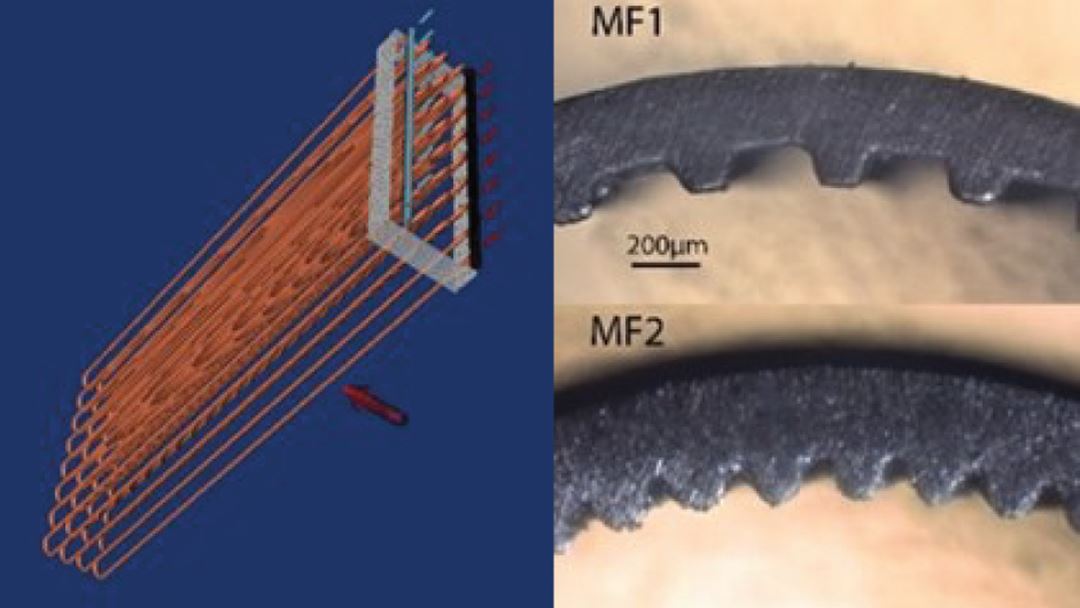Investigation of Hydrocarbon Two- phase Flow for Charge Reduction in Heat Exchangers

Ehsan Allymehr, PhD, NTNU
Hydrocarbons off er an alternative to the HVAC industry as a natural working fluid with minimal environmental impact. The main challenge with hydrocarbons is flammability, which can be mitigated by reduction of charge Internally enhanced tubes provide a powerful tool for designing more efficient heat exchangers leading to reductions in both volume and charge. Microfinned tubes are the most commonly used internally enhanced tubes that increase the heat transfer coefficient on the refrigerant side in heat exchangers. Due to higher heat transfer coefficients, the internal volume of the heat exchangers can be reduced. One of the main challenges for using microfinned tubes has been the design of heat exchangers due to lack of reliable predictive methods In this context, this research provided experimental results for characteristics of two-phase flow of hydrocarbons. Propane, isobutane, and propylene were studied since they are commonly used in HVAC applications. Three tubes with an outer diameter of 5 mm were tested, one smooth and two microfinned. The two microfinned tubes differed in the number of fi ns and helix angle. One test rig was used to obtain both condensation and evaporation characteristics, which was possible due to the design of the rapidly interchangeable test sections In evaporation tests, the effects of fluid properties, heat flux, mass flux and saturation temperature were studied in addition to the effect of internally enhanced tubes. Condensation tests were focused on fluid properties, mass flux and internal enhancement of tubes. Additionally, the data obtained for the heat transfer coefficient and pressure drop were compared against predictive methods to find the most reliable correlations. Finally, the data was used for numerical simulation of fi n-and-tube heat exchangers in different environmental conditions to compare the charge with other types of heat exchangers.
